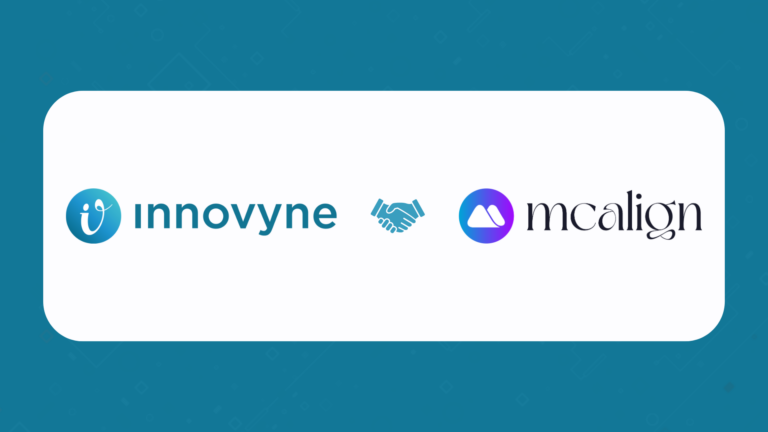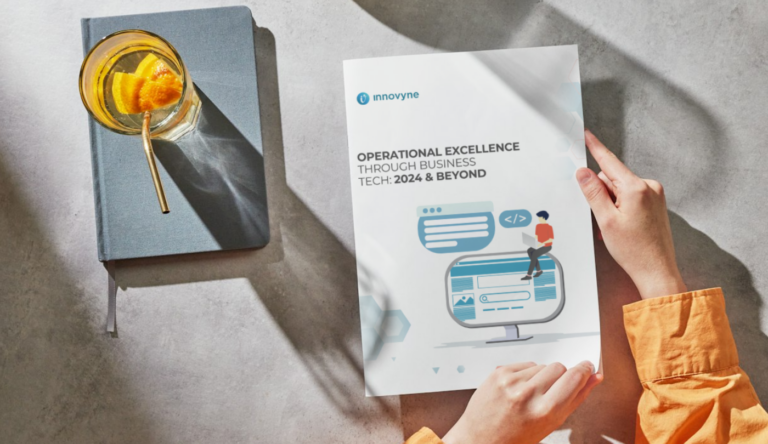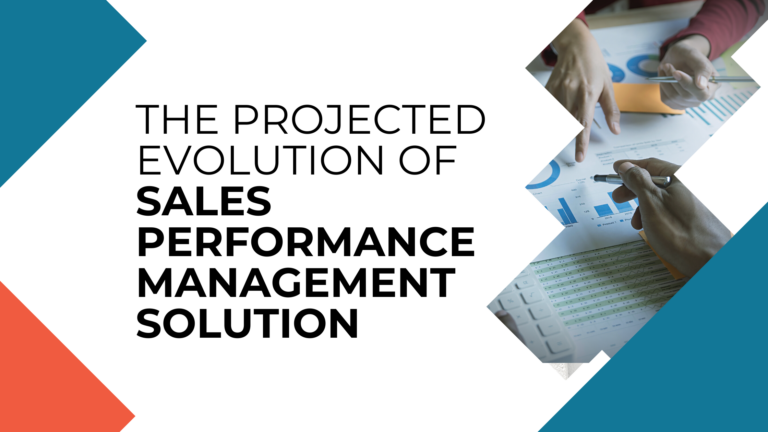Headcount planning: it sounds straightforward, right?
In an ideal world, it’s like setting up a chessboard, making sure each piece is strategically positioned to make a winning play. But here’s the catch: The business world is more like a dynamic game of 3D chess. It’s multi-layered and the platform is constantly shifting.
From an HR perspective, stepping into the realm of headcount planning can feel a bit like embarking on a wilderness expedition. It can be a fun challenge, and if all goes well, the payoff of a team that truly works well together is a sight to behold. But, even with the best guidebook, you will probably encounter surprises and unforeseen obstacles, which can be tricky to navigate.
So, given that we know to expect the unexpected, why do so many businesses stumble on this journey? Sometimes, it’s reactive staffing, where companies scramble to fill sudden vacancies, leaving teams stretched and strained. Or it might be an over-reliance on historical data, turning the rearview mirror into a crystal ball of forecasting, which spoiler alert – it’s not!
Navigating through these challenges with a balance of strategy and foresight is necessary for businesses to avoid common pitfalls as well as thrive in the face of change. So, buckle up as we traverse the winding paths of headcount planning mistakes and missteps. Armed with these insights and cautionary tales, our goal is to transform your strategic journey from an uphill climb into a leisurely walk in the park.
1. Reactive Staffing Strategy
“Change is not a threat, it’s an opportunity. Survival is not the goal, transformative success is.”
— Seth Godin, author Tweet
This is the biggest and best-known pitfall in headcount planning. Despite this, many seasoned businesses fall victim to it time and again. Reactive staffing is like playing a never-ending game of Whack-a-Mole, except it’s never fun and there are no prizes to be won. An unexpected vacancy pops up, and the hammer of HR must scramble to put things back in order. This causes chaos, which causes more moles to pop up… which causes declining morale, overworked teams, and a cascade of unmet objectives. With a well-planned headcount strategy, businesses should be able to see change not as a cost but as a catalyst for improvement.
Threats & Downstream Consequences
- Operational Disruptions: Unexpected vacancies hinder project completion and threaten quality.
- Increased Recruitment Costs: A reactive approach might necessitate rushed hiring, which comes with additional risks and missteps.
2. Reliance on Historical Data
“You can’t drive into the future if you’re always looking in the rearview mirror.”
— Unknown Tweet
An overreliance on historical data for staffing decisions can anchor organizations to the past, hindering their ability to adapt to present needs and future challenges. While historical data offers valuable insights, it should be complemented with a robust understanding of current market trends, organizational goals, and future projections to make informed and agile staffing decisions.
Threats & Downstream Consequences
- Mismatch of Skills: Matching skills to what mattered yesterday does not necessarily position you well to face the changes of tomorrow.
- Limited Innovation: Similarly, relying on past patterns hinders adaptability and limits the introduction of fresh perspectives, which are essential for growth.
3. Inadequate Technological Integration
“The technology you use impresses no one. The experience you create with it is everything.”
— Sean Gerety Tweet
In an age where technology evolves at an unprecedented pace, failing to integrate current technological trends into headcount planning can leave organizations trailing behind. Ensuring that your talent pool is well-versed and adaptable to emerging technologies is essential to maintaining a competitive edge as well as enhancing operational efficiency. (At the risk of sounding like a broken record, yes, your salesforce needs Incentive Compensation Management tools to thrive.)
Threats & Downstream Consequences
- Decreased Competitive Edge: Falling behind in technology trends makes your business a less desirable place to work, which can affect the quality of your candidates.
- Inefficiencies: The main reason to adopt new tech is to bolster and amplify your productivity. As such, falling behind prevents the optimal utilization of both human and technological resources.
4. Lack of Diversity and Inclusion
“Diversity is about all of us, and about us having to figure out how to walk through this world together.”
— Jacqueline Woodson, author Tweet
A lack of emphasis on diversity and inclusion can stifle innovation and limit the breadth of organizational competencies. A diverse workforce fosters a rich array of perspectives and ideas, driving creativity and innovation, while promoting a more holistic and adaptable approach to problem-solving and decision-making.
Threats & Downstream Consequences
- Narrowed Perspectives: The strength of diverse perspectives is better problem-solving, product and service innovation, and wider reach with relationship building.
- Talent Attrition: A lack of focus on inclusion can affect employee satisfaction and retention, especially among newer talent and underrepresented groups.
5. Stagnant Talent Development
“An organization’s ability to learn, and translate that learning into action rapidly, is the ultimate competitive advantage.”
— Jack Welch, former CEO, General Electric Tweet
Failing to invest in ongoing talent development can lead to a stagnant workforce, limited in capability and adaptability. Continuous learning and development are pivotal in nurturing a workforce that is equipped, engaged, and adept at navigating the complexities of the evolving business landscape.
Threats & Downstream Consequences
- Reduced Engagement: Without development opportunities, workers may feel undervalued or unchallenged, which can lead to reduced productivity.
- Skill Obsolescence: As the world continues to evolve without you, your workforce may end up with outdated skills.
Conclusion
In the world of Human Resources and broader business management, avoiding the various missteps in headcount planning is essential for fostering a thriving workforce. From the pitfalls of reactive staffing to the perils of stagnant talent development, avoiding these common errors paves the way for a more resilient, adaptable, and innovative organization.
Incorporating wisdom from industry leaders reminds us of the transformative power of effective staffing strategies. Their insights echo the essence of our discussion, emphasizing the vital role of a well-planned, strategically aligned workforce in achieving business objectives.



